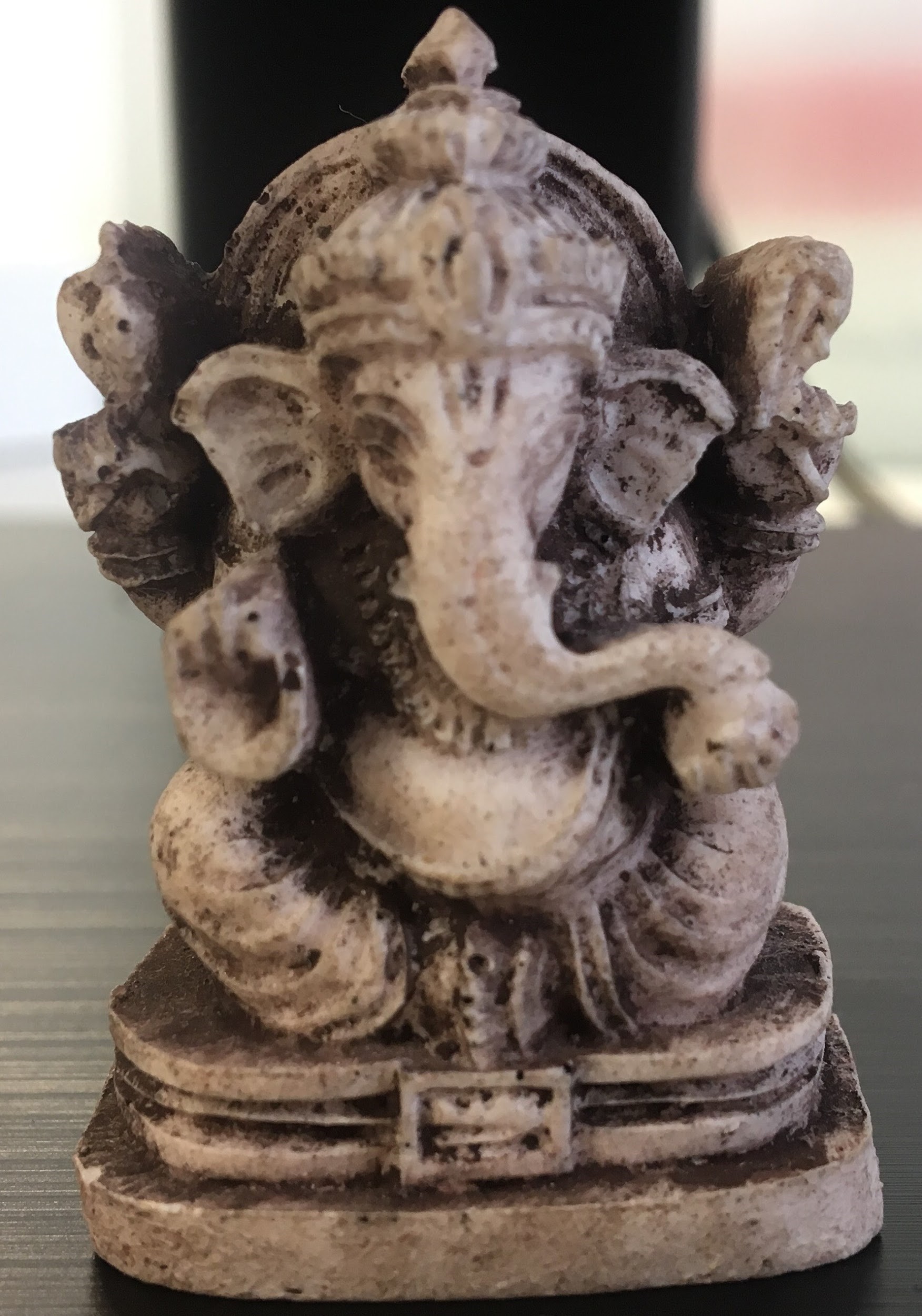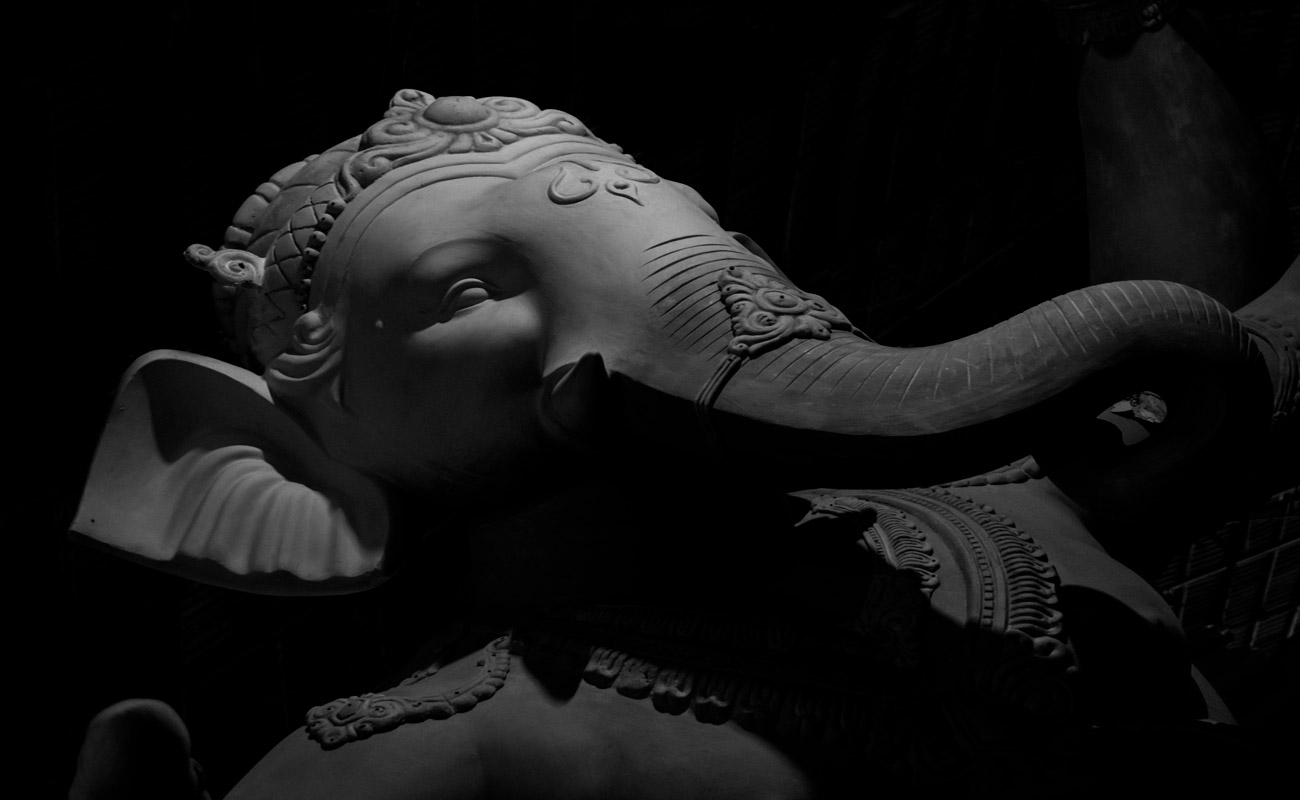Ever felt daunted by a new role? Remember that feeling when you have just started at a new company? As Scrum Master, having started recently at Stratio, a pioneering Big Data company, the feeling is still relatively raw. While pondering how to best fit in, I received a small gift from a friend that got me thinking. It was a small representation of Ganesha. I began researching about this Hindu deity and found some curious information that I would like to share!
In today’s modern company, it is common to hear conversations about how to define the main responsibilities of a Scrum Master. Although they are described in the Scrum Guide and a Scrum Master’s duties should be based on the values of the Agile Manifesto, there are still many doubts surrounding this topic.
What is a Scrum Master?
In general terms, a Scrum Master is the facilitator for a product development team. His/her main duties are to drive the Scrum team through their daily job, to maximize value and optimize productivity.
From experience, I notice that it is not always so simple. It depends on each team and each company. Ideally, this should not be the case. But considering how different each company is, it is not always easy to work it out!
It is in such moments of insecurity or doubt (for instance, when you start working in a new company or when you are working on a complicated project) that many Scrum Masters look to certain symbols or beliefs. In my case, I turned to the holy Ganesha.
What is the link between Ganesha and Scrum Masters? I’ll try to explain the way I see it, because I found the links between the Agile world and the figure of Ganesha and its meaning interesting and also useful to guide me in my new role.
Ganesha, Remover of Obstacles
Ganesha is one of the best-known Hindu deities. He is known as the God of education, knowledge and wisdom, Lord of success and destroyer of vanity, selfishness and pride. He is also known as a “Remover of Obstacles”. Strong qualities to describe a religious God of the 4th Century BC, but that we can still identify with today, 25 centuries later. The way I see it, the Scrum Master is also a “Remover of Obstacles”.
The Scrum Master as an impediments remover
The role of a Scrum Master is to lead and guide a team in order to achieve success, helping it solve any problems and encouraging it to improve continuously. Acting as an impediments remover is one of the Scrum Master’s most important roles: a “destroyer” of all individualistic work to replace it with teamwork and collaboration.
After a bit of research, I discovered a few other special meanings linked to each element in the image of Ganesha that can be directly related to the role of Scrum Master. The similarities become even more obvious when we look in more detail:
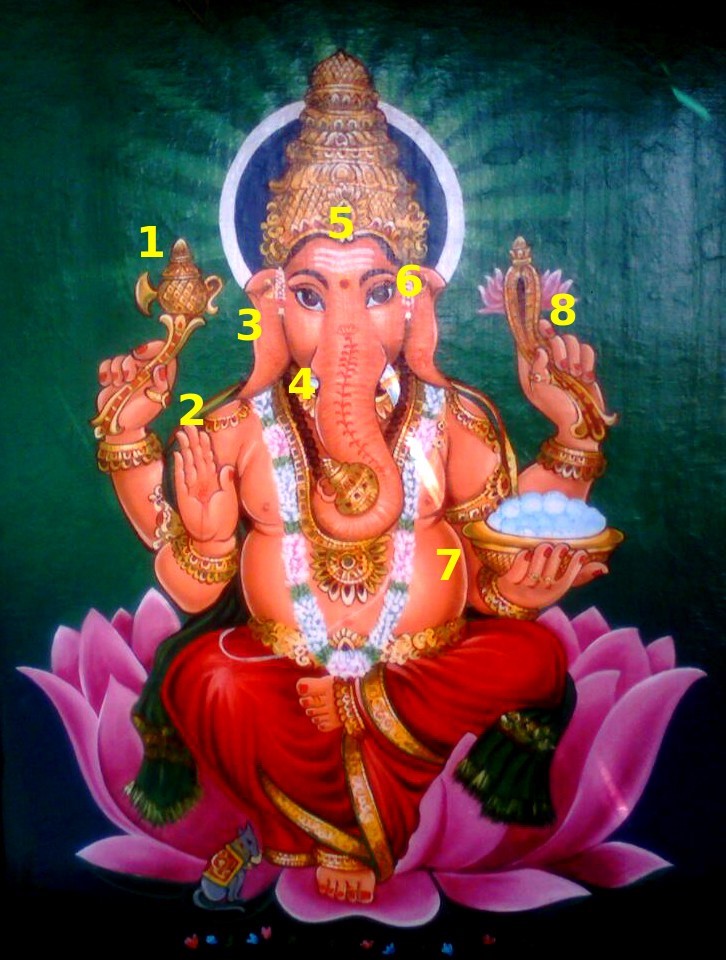 Ax: It helps to cut bonds. It is related to achieving success by exiting our comfort zones.
Ax: It helps to cut bonds. It is related to achieving success by exiting our comfort zones.- Hand: The capacity to say no, to have the personality and self-security to be able to say stop!
- Big ears: Permanent and active listening. Listening to others is key to understanding them, knowing them better and to being able to help them.
- Small mouth: Talk less, act more. Our role is not to tell others what to do, but to guide them in simple and quick ways.
- Big head: Think big! By coincidence, I found out that an oft quoted phrase at Stratio is the following: “As we didn’t know it was impossible, we did it!” – Adapting to change is one of the main skills of being a good Scrum Master.
- Small eyes: Concentrate, prioritize and focus.
- Great stomach: To digest or accept the good and bad things of work. This helps to relativize what may seem like a huge problem and offer positive and plausible solutions.
- Rope: To lead others. It reminds us that we must help others grow and become better.
I think these 8 guidelines, that fully apply to the role of Scrum Master, are revealing to anyone who wants to lead a happy and healthy professional life. Scrum Masters in particular, can use these to help them in difficult situations.
I am in no-way suggesting that this is a magic wand to solve all problems. Good Agile also depends on how mature a team is or how adapted an organization is to integrate new ways of working. But when reading about Ganesh, I was surprised by the similarities with my role as Scrum Master.
As mentioned before, each Scrum Master will have his/her particularities and specific duties that will vary depending on the person and company’s goals. But be sure to stick to original meaning of Scrum Master and not be pushed by a company that has not yet understood how to integrate Agile.
Barry Overeem wrote a very interesting article called The 8 Stances of a Scrum Master in which he describes the 8 most common misunderstandings when talking about a Scrum Master. A scribe, a secretary, the Scrum Police, the Team Boss, the Admin, the Chairman, a Super Hero & the Coffee Clerk. Be sure you are not one of them!
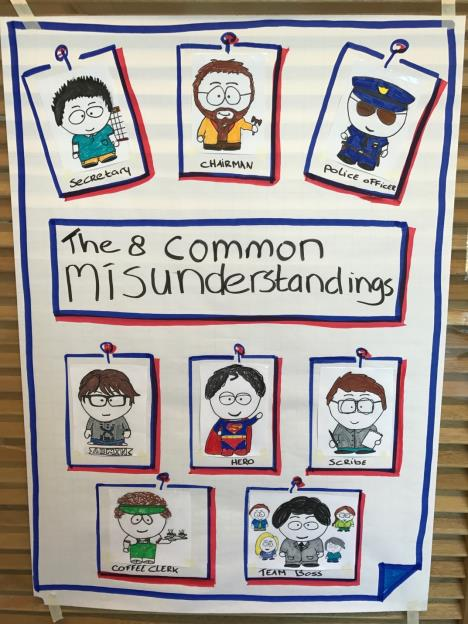
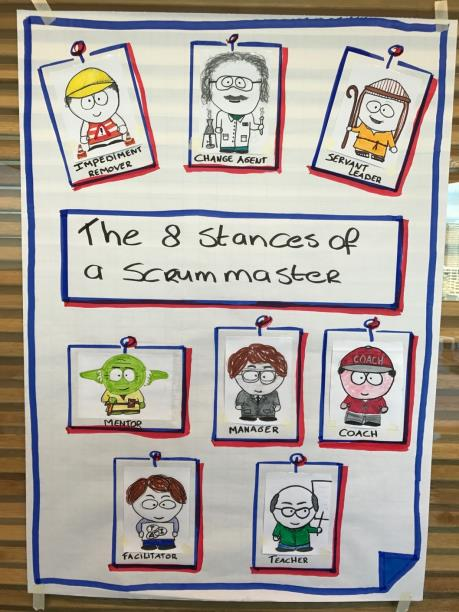
So, like Ganesh, keep a “Big Head” to be able to think big and adapt to change. Ensure you carefully observe the environment in the new company or team and find ways to integrate. Once you are fully integrated, you will know exactly what your role is. In the meantime, “Om Gam Ganapataye Namaha”!
Sources:
http://asia-religion.blogspot.com.es/2005/06/ganesha-el-dios-con-cabeza-de-elefante.html
http://canariasagusto.com/2012/05/nino-elefante-historia-ganesha/
https://es.wikipedia.org/wiki/Ganesha
Agile Journey: A maturity model for Agile teams
PS: Special thanks to German Frassa for the gift on my first day of work!
